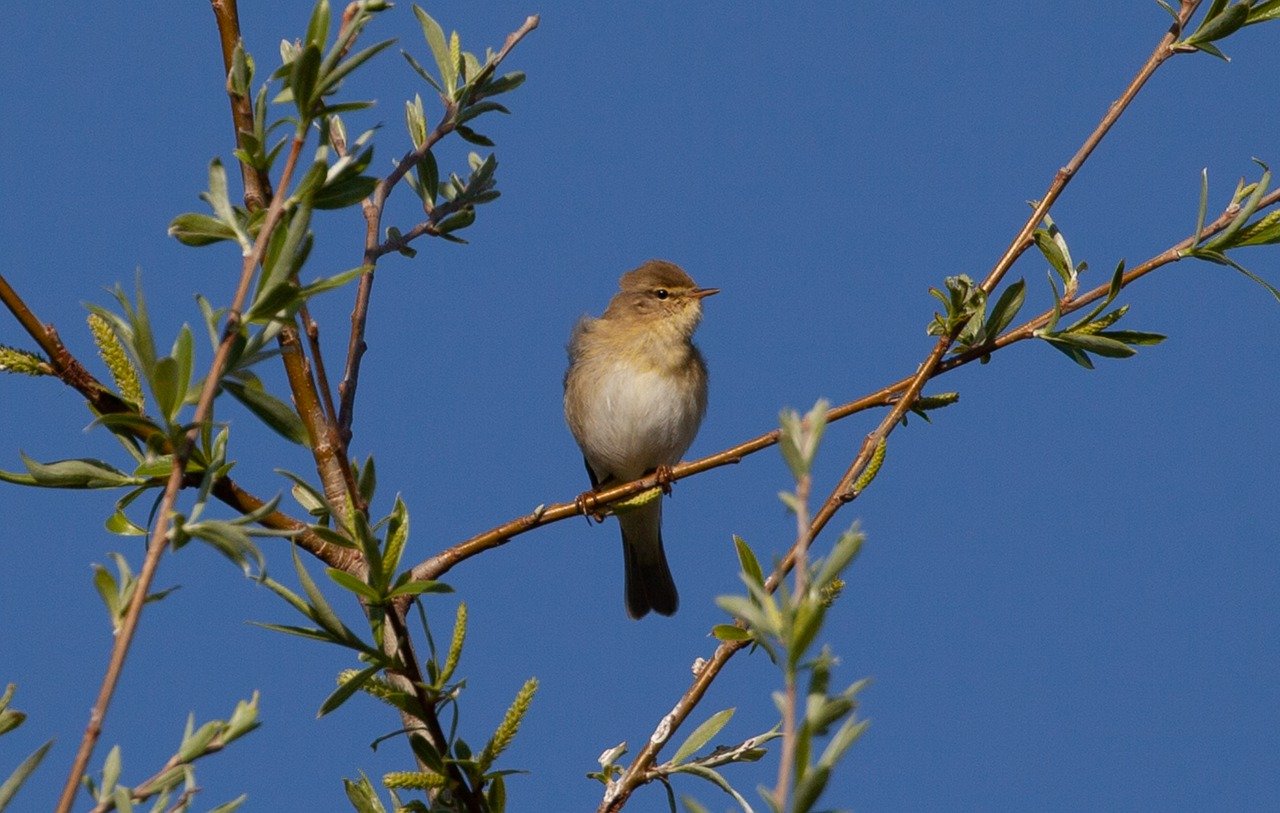Territoriality in the Willow Warbler Phylloscopus trochilus in its winter quarter in Lesotho
DOI:
https://doi.org/10.34080/os.v19.22658Keywords:
behaviour, Africa, winter ecology, foraging behaviourAbstract
Territorial behaviour of the Willow Warbler Phylloscopus trochilus was studied in an urbanised habitat in Lesotho, southern Africa, in three consecutive wintering seasons (November–March 1999–2002). Contrary to expectation, the Willow Warblers were holding territories. As many as 34% of all territories were held permanently throughout the wintering season, and 33% were located at the same site for the three consecutive years. The intensity of territoriality (singing) tended to increase as spring migration was approaching (February–March). This was assumed to be a response to an increasing need to defend food resources required for fat deposition before departure. The birds showed a strong preference for feeding in Salix babylonica and Acacia dealbata.
Downloads

Downloads
Published
How to Cite
Issue
Section
License
The copyright of each contribution belongs to the author(s), but all contributions are published under a Creative Commons license, so that anyone is free to share and reuse the contribution as long as the copyright holder is attributed.







